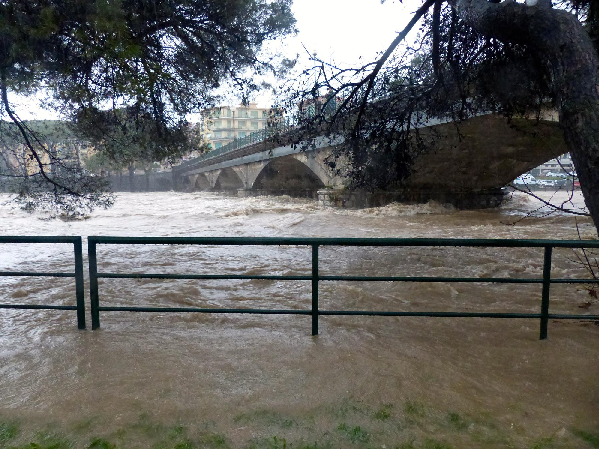
On November 10, 2014, the Entella river, which flows near my house, overflowed, causing a lot of damage, including the flooding of my cellar, in which I had set up my small electronics laboratory. I had to throw everything away: oscilloscope, function generator, bench power supply, soldering station and hundreds of components.
Green Detect project, is my answer to that day, it is my contribution to the Community to be able to prevent events of this type all over the world.
In fact, the first idea was to create a wireless network for measuring the level of watercourses, using the SR04 ultrasonic sensor
But thinking about it I said to myself: why not create an open system to accommodate sensors of various types to give the community a more complete, open and versatile tool?
So I designed the sensor module to be able to acquire sensors of various types.

The big challenge was to prepare the board and the few channels of the micro ESP8266 to receive such a wide range of possibilities.
Terminals and fuses.
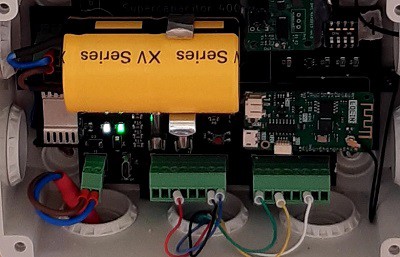
First I thought about connecting the sensors and I decided to use the connectors in the figure, providing various terminals to be used depending on the type of sensor.
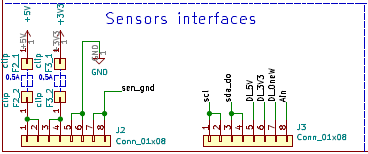
Another important thing I wanted to do was to make it possible to use both sensors powered at 5v and sensors at 3.3v.
I therefore provided special terminals for both power supplies, each with its own standard 5x20 0.5A extractable fuse.
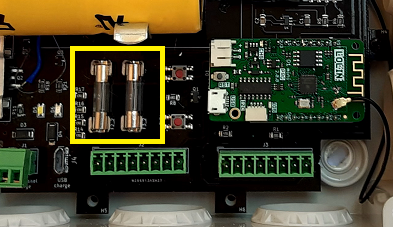
In an application like this with sensors external to the module, installed in various environments, it is essential to have protection fuses that can be easily and quickly replaced.
Digital, I2C, Onewire sensors
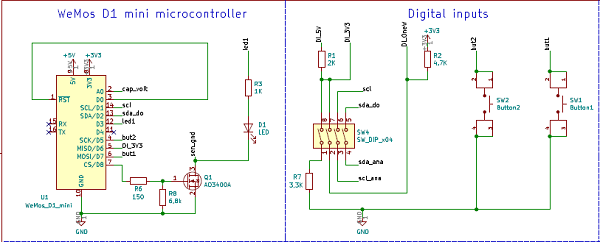
I gave the user the ability to set the type of connection via the 4 dip switches SW4.
Analog sensors
The Wemos Mini has only one analog input, already used to acquire the voltage of the supercapacitor (or batteries)...how to receive analog sensors?
I therefore chose to take advantage of the I2C connection to install the MCP3221 ADC chip on the board, through which to acquire the analog sensor.
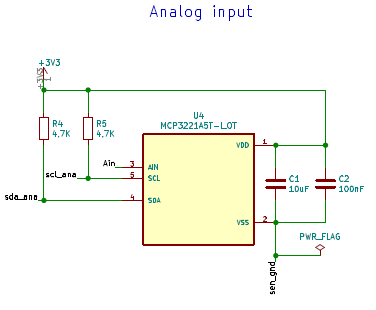
Future evolutions
Green Detect is a project open to new changes. The system can manage 99 types of sensors and at the moment only 4 are managed !!!
Various types of sensors can be added, such as the PH sensor to be installed for example on a buoy in the sea.

or the sensor to measure the turbidity of the water ...

or the excellent BME280 for measuring barometric pressure, temperature and humidity...
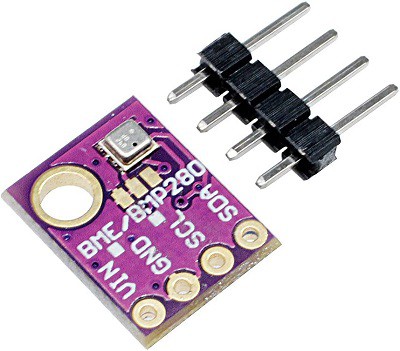
Each new sensor will lead to a new software version to be shared.
Green Detect is open to many solutions and everyone can contribute because Green Detect is Opensource!
 Sergio Ghirardelli
Sergio Ghirardelli
Discussions
Become a Hackaday.io Member
Create an account to leave a comment. Already have an account? Log In.